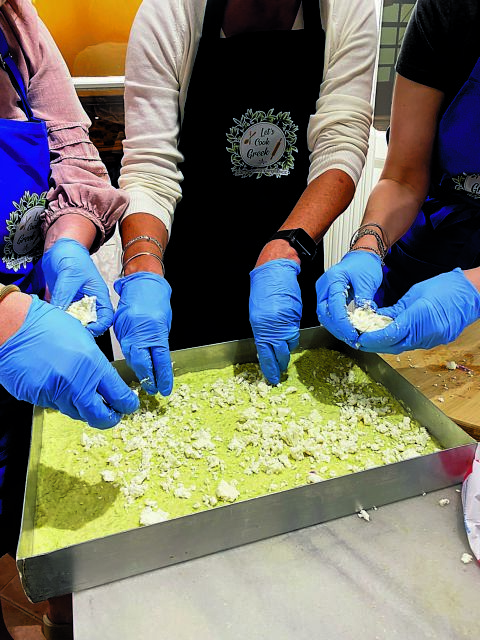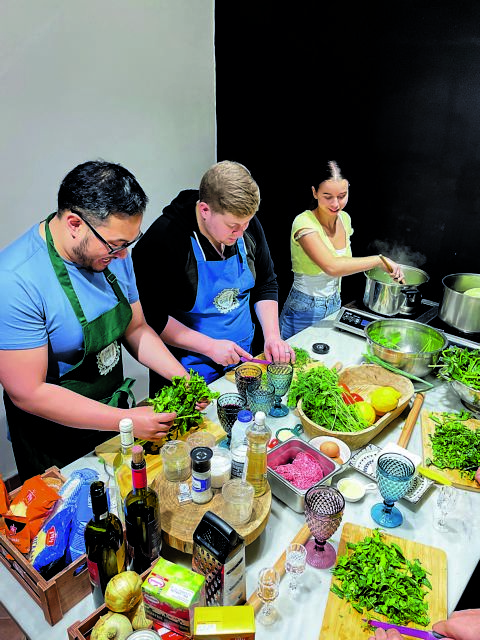One notable “strong point” of the “Grecian experience” is the increasingly showcased cuisine in the east Mediterranean country, so it doesn’t come as a surprise that so-called “gastronomic” of “culinary tourism” has been making significant inroads. It’s actually a type of experiential tourism, whose growing importance has been documented by Mabrian, the tourism analytics company, which used social networks to study the behaviors and preferences of travelers.
Its conclusion: the hands-on, meaningful engagement on offer from this type of holiday is on course to slowly overtake conventional tourism incentives. The number of tourist groups you encounter in downtown Athens being shepherded around the traditional Varvakeios meat and fish market, and its environs, brings home the current popularity of culinary tourism. In fact, it’s not unusual for foreign visitors to outnumber local customers as they sample olives, taste souvlaki, sniff aromatic herbs, and are taken aback by the seafood caught or bred in Aegean and Ionian Sea waters.
“If you’ve never seen a whole fish, the sight can seem a little unreal,” says Penelope Karaiskou, who has been guiding tourists through Greek culinary tradition and gastronomy for over a decade. “Something else that really impresses them is the yogurt and the variety of cheeses we have. Because they think we only have the one cheese—feta—and one wine: retsina,” she says.
Which is why it’s essential the guide really knows their onions (and their capers). The cost of a four-hour tour of this sort ranges from 50 to 150 euros. The participants are mainly Americans. “There are and will always be people who haven’t learned to travel alone, who need something organized. So there is and always will be takers for tourism of this kind,” she says. Which is why more and more people are keen to offer their services as local founts of knowledge.
For example, we found more than 40 gastro guides on a popular travel platform. In the past, tour participants would often include foreign food journalists and cooks. Today, however, they’re mostly general tourists who believe—rightly—that to get to know a place you have to explore… its plates, too.
Families with children
It’s also mainly Americans who take classes in traditional Greek cooking—primarily, because they’re relatively well-off. And there’s a great deal on offer in this area, too: we found no fewer than 57 listings on the same tourist platform from chefs and simple cooks. Classes usually last three to four hours and can be one-on-one or group sessions. As Ioanna Chatziioannou, who teaches the secrets of Greek cuisine, observes:
“Recently, I’ve had a lot of families coming with their children, and younger people aged 20 to 40.” She also tells us about an 80-year-old Greek-American who booked for himself and his two granddaughters. And what do they learn? Everything from making and rolling out filo pastry for spanakopita to wrapping dolmades and cooking other traditional dishes and desserts.
Then everyone around the table tastes what they’ve made. “They love it,” she explains, “firstly, because they love Greek food, as they know it from restaurants (and justifiably, because it’s one of the world’s best cuisines, if not the best) and secondly, because they get to taste homemade dishes they’ve made themselves.” The point where we get to eat together is particularly meaningful—for her and for them: “It’s an important experience, especially for families, because they get to spend time together and taste what they have prepared. It also allows people from different cultures to share a moment.”





